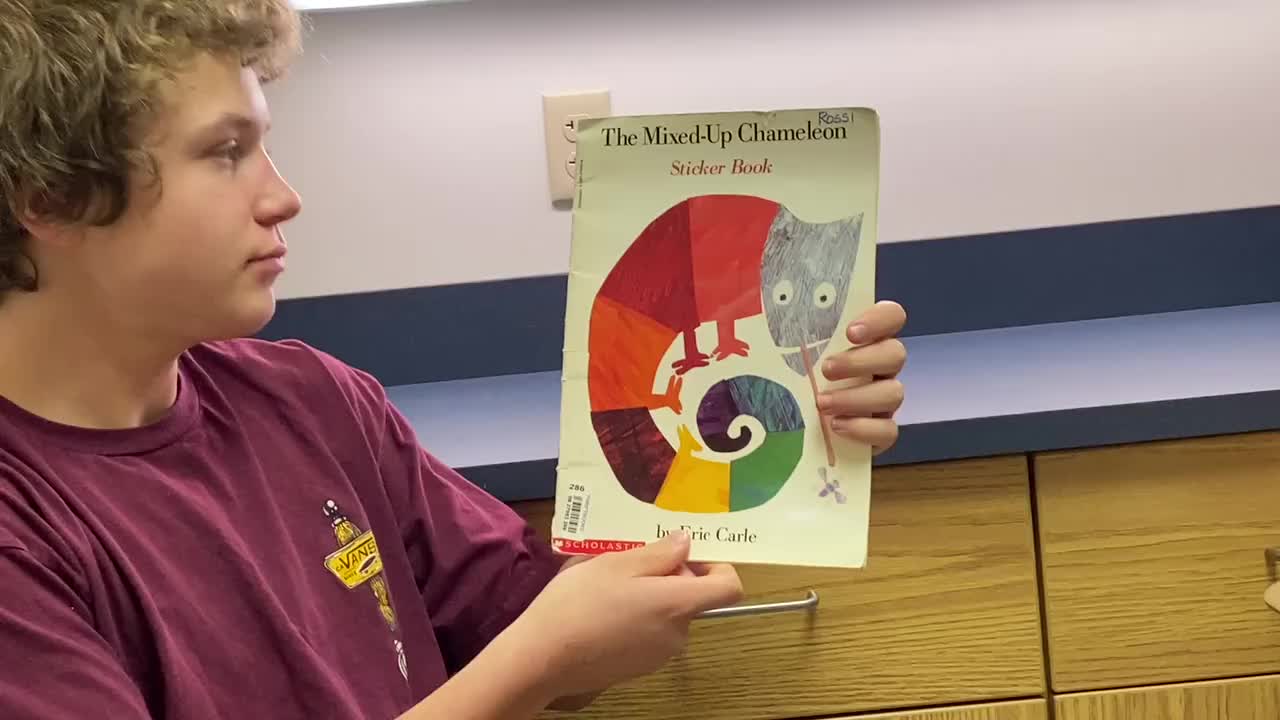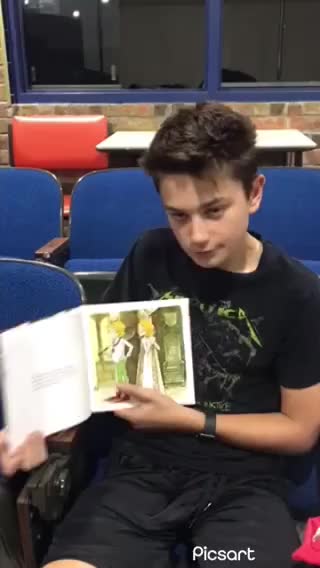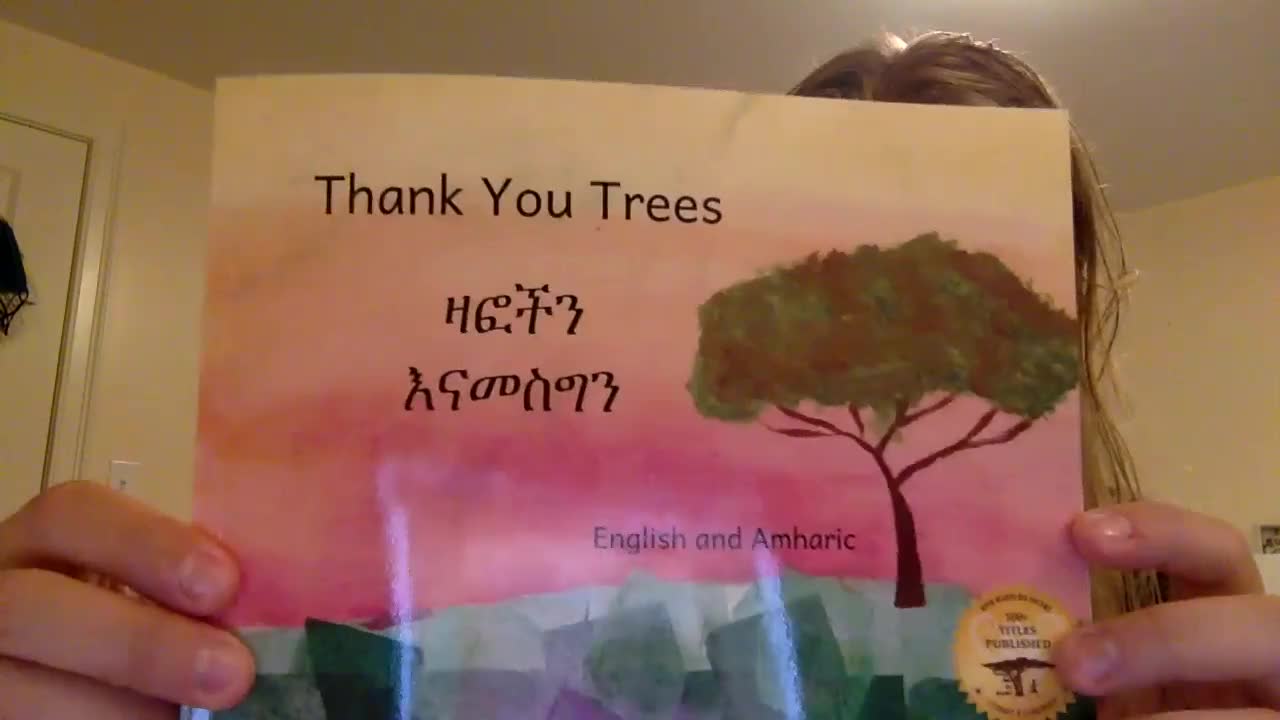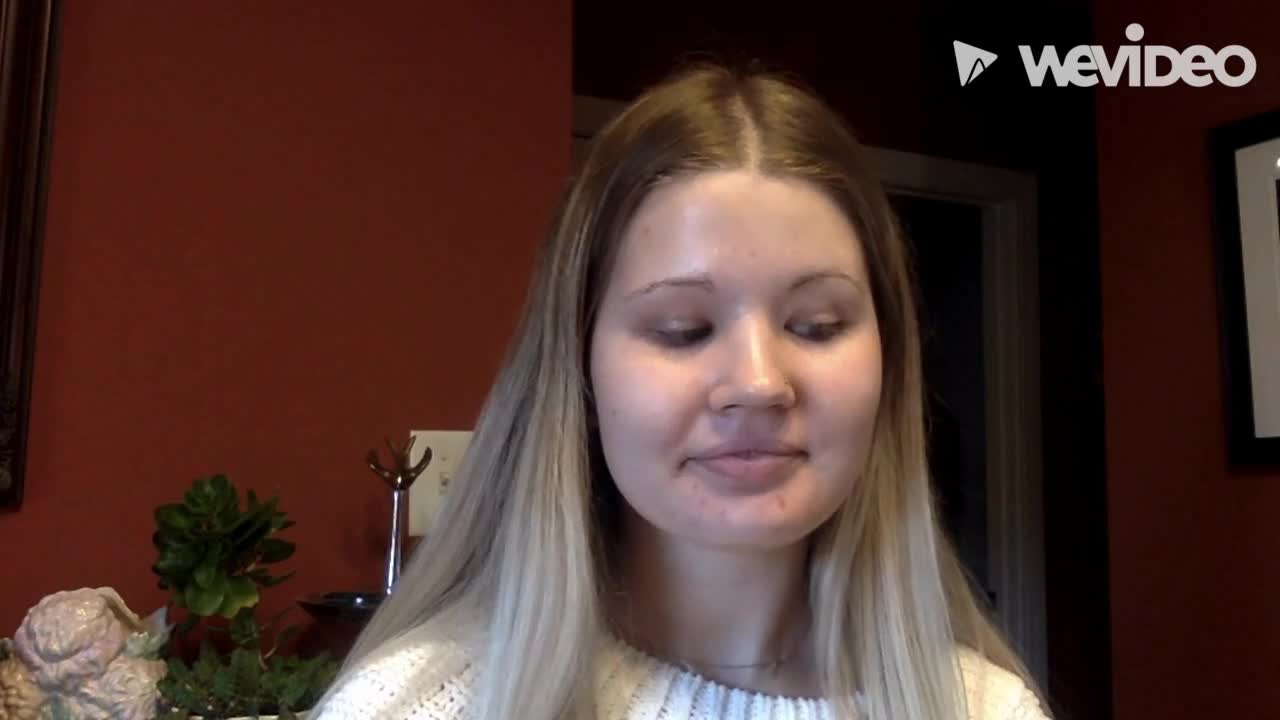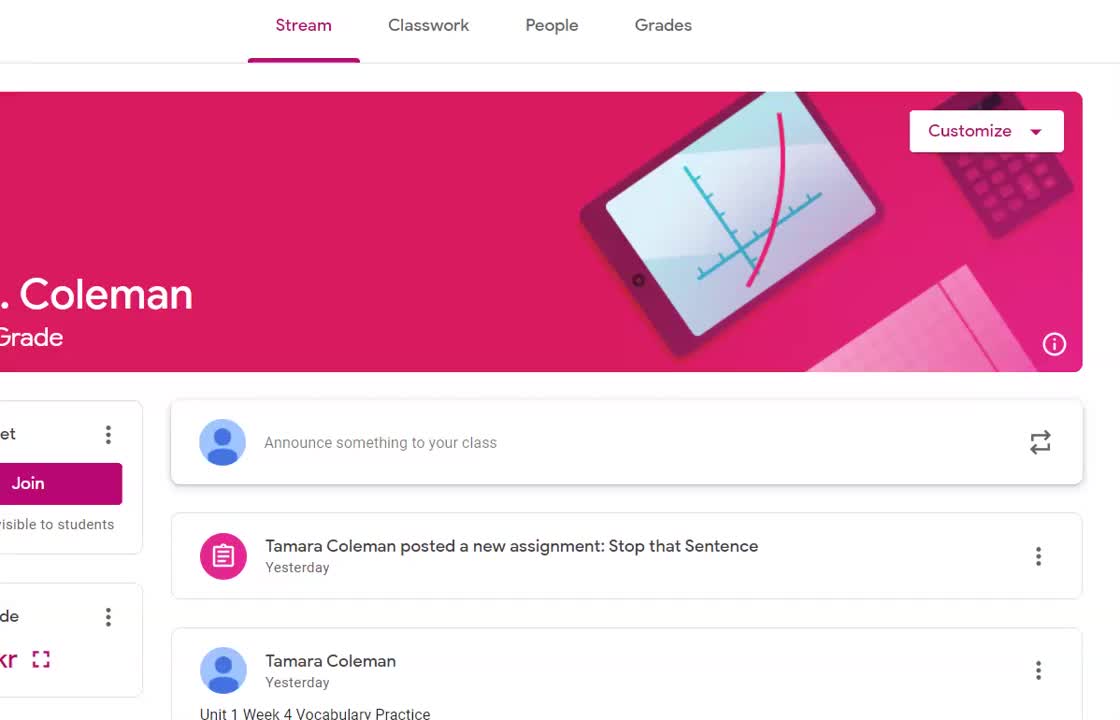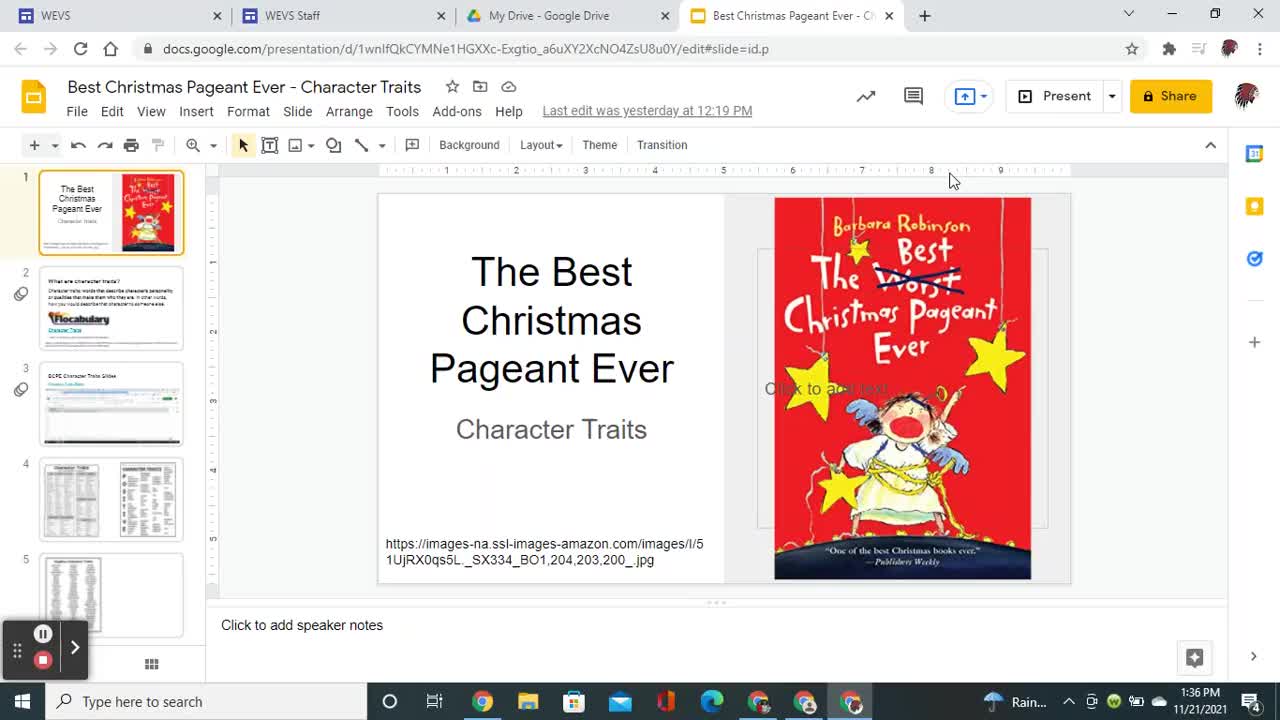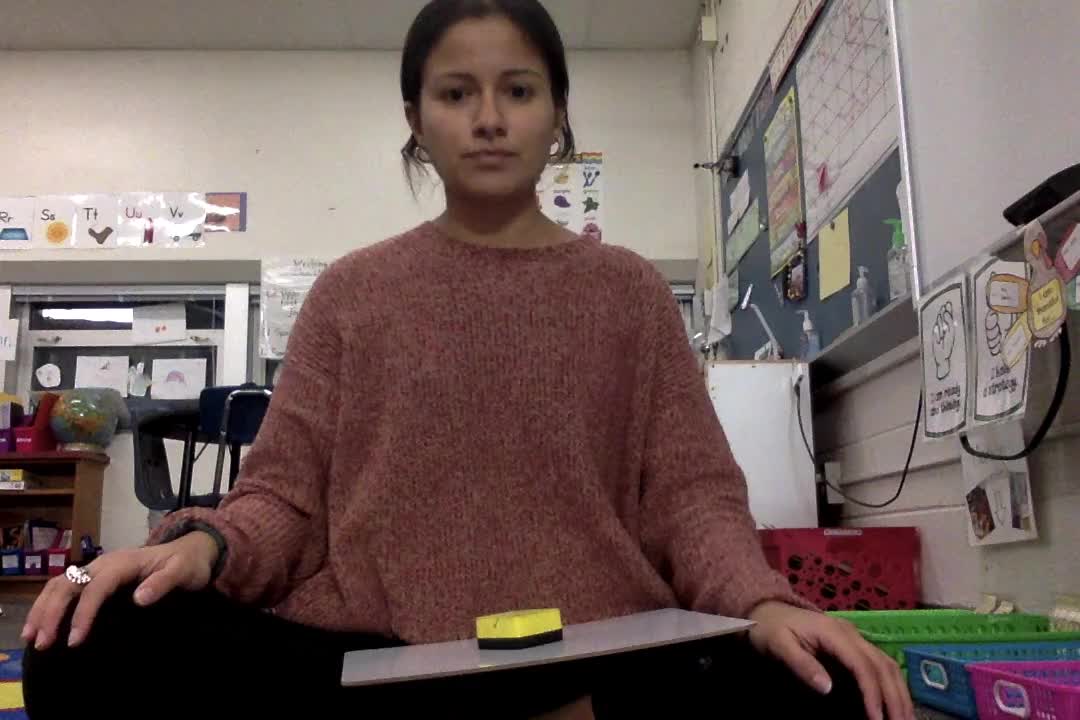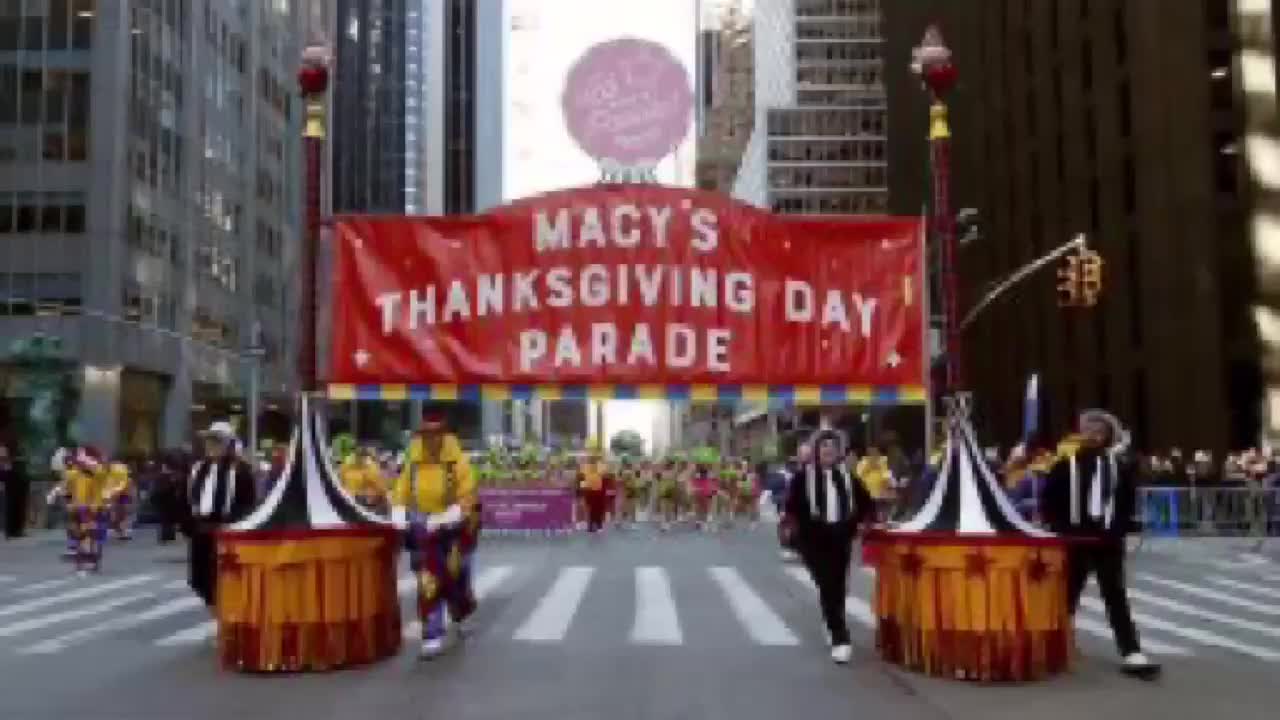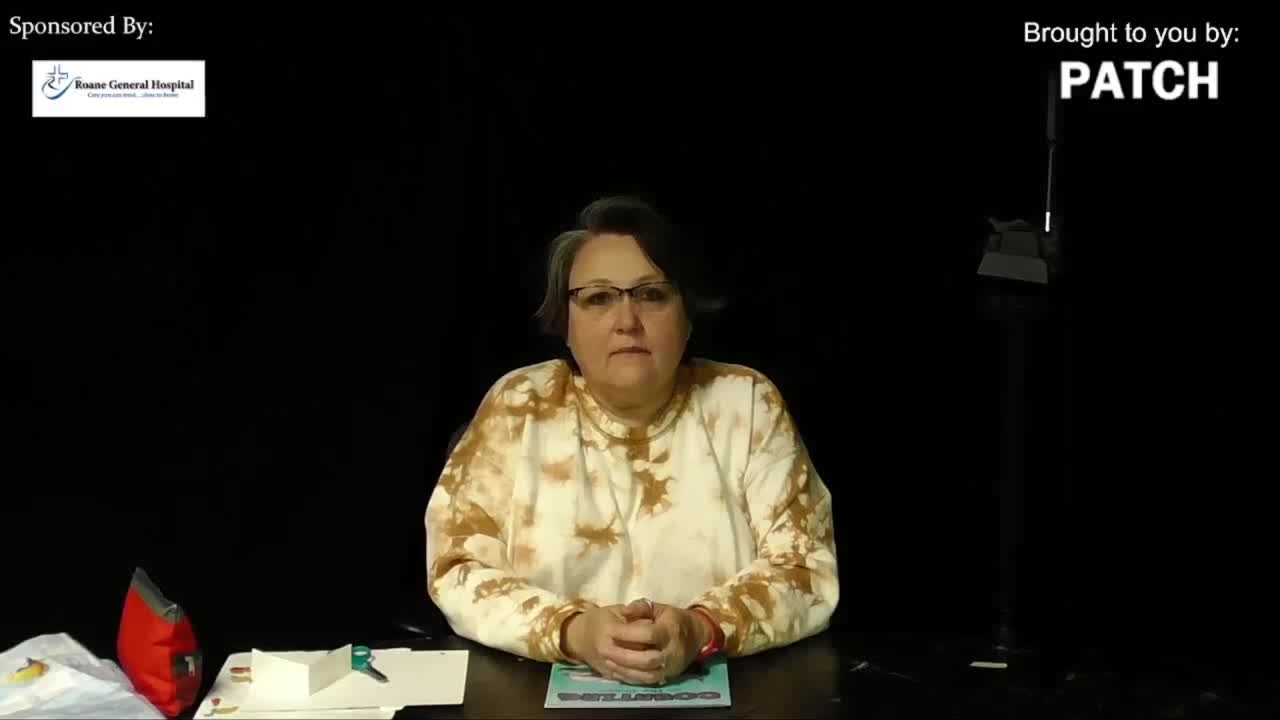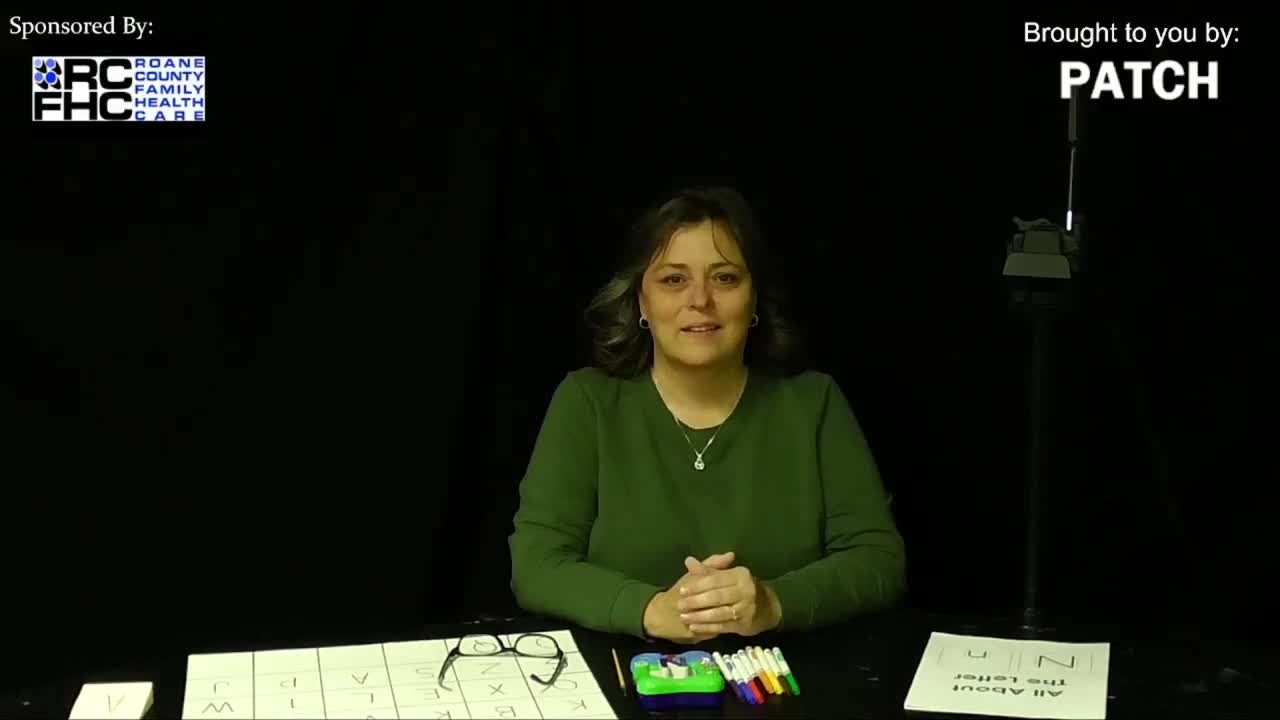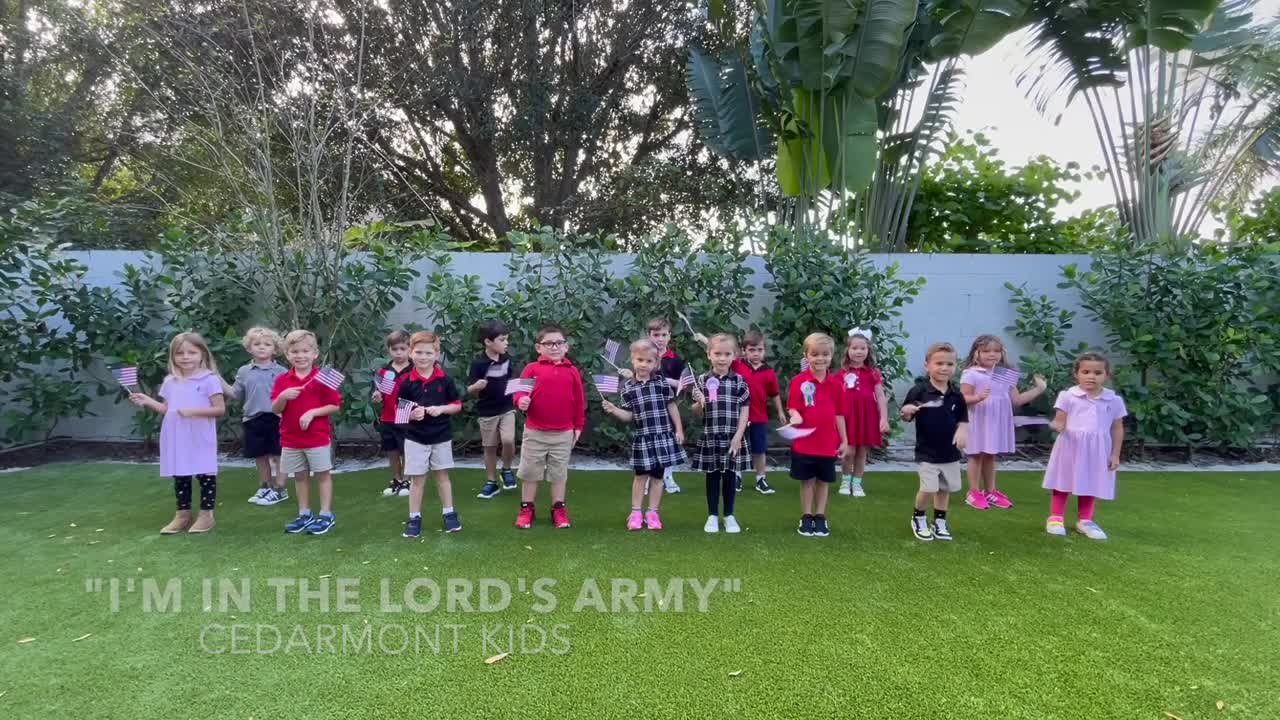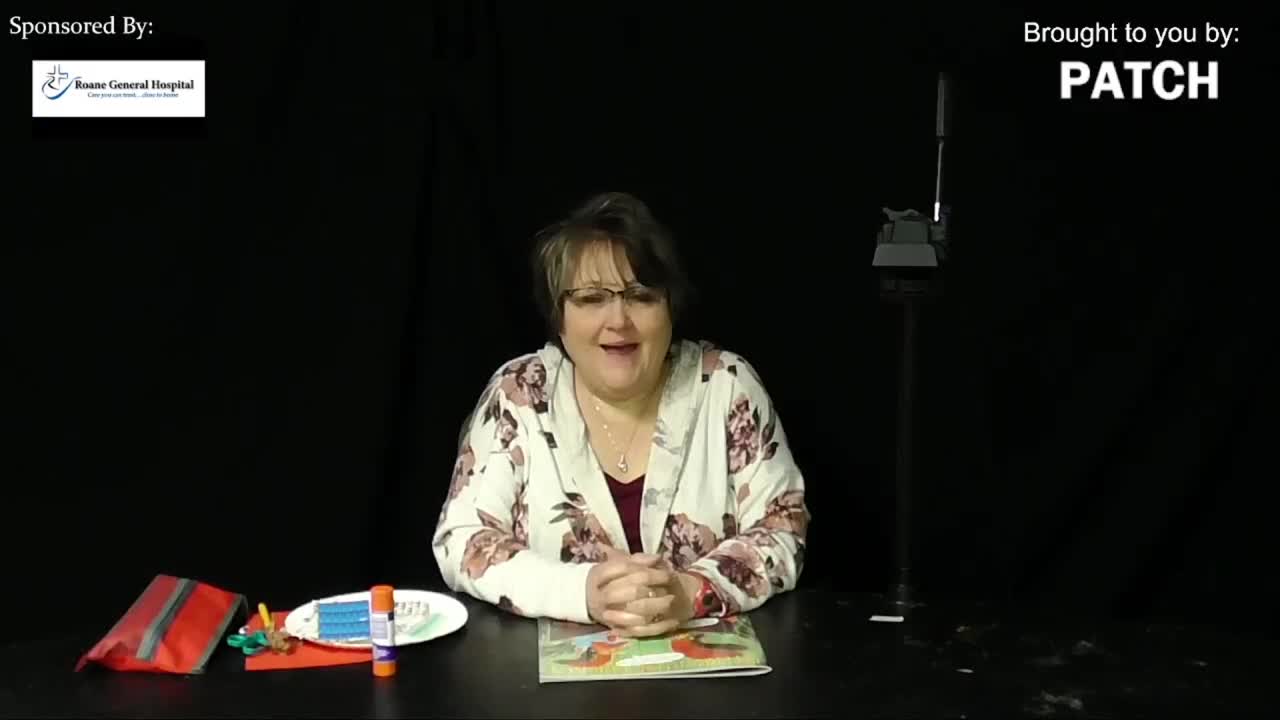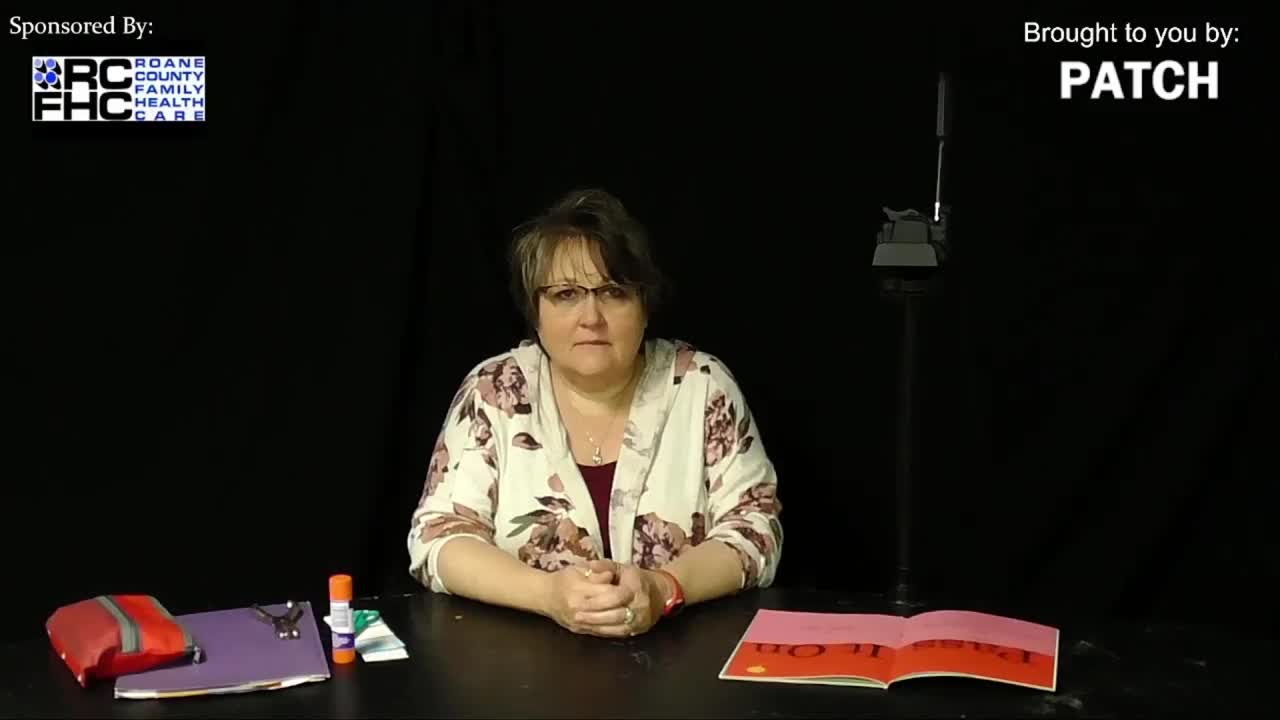Transactive Model of Reading: Creating Meaning with Print
Elementary / Language Arts / Reading
This short video describes how the brain creates meaning with print during the process of reading. Reading is NOT simply sounding our words. It is creating meaning with print.
There are three cueing systems used to identify words; they are the semantic, syntactic and graphophonic. This video will discuss concept knowledge, cultural/world knowledge, vocabulary knowledge, grammatical and text knowledge, word knowledge, graphophonic knowledge, and orthographic knowledge.
What is it all about? How do we create meaning? Reading is a top-down and bottom-up process. “Rayner (1998) identified well over 100 published articles showing influence of cognitive processing on eye fixation and eye movement. Yet, somewhat amazingly, some researchers continue to question basic assumption”
1. Knowledge in the cortex and higher cognitive process are used to create meaning with print.
This involves: a. themes b. Main ideas c. Ideas/Details d. Phrases e. Words
2. Reading is an interactive process: These involve from the cortex – meaning – memory which transcends down to phonological, syntax and semantics and grouped together in one by the thalamus. There are 10 times millions of information formed from the cortex but regulated by thalamus.
3. Visual information goes from the eyes, to the thalamus, to the cortex. This slide shoed the visual area of the cortex and the optic nerve that connects the visual cortex to the brain.
Phonological process model The cognitive process starts from the book to the eyes. Then it then moves to the thalamus and lastly the cortex. But this is not the process. The question is now how do we create meaning? The fourth answers the question.
4. Thalamus receives input, not just sense organs, but also from the cortex. The thalamus not only receives from the book or eyes but also receives from the cortex to create meaning. So the creation of meaning is not a one-way process. It is a two-way process because the brain will definitely have to interpret what is been read and sends it back to actualize the process. This two-way process is not mutually exclusive. It must occur simultaneously to create meaning. So human don’t just record information, which brings us to the transactive model.
Transactive model: This model justifies what was said initially about the cortex receiving and sending. The cortex sends billions of information down while reading a book. So cognitive process is not just a recording process but a recording and sending process which makes the information coming in make a lot of sense.
5. There are far more cortical-thalamic connections in the brain than thalamic-cortical connections: this explains that more information leaves the brain through the thalamus than it receives from the thalamus.
6. Psycholinguistic guessing game: Efficiency and accuracy is achieving by using knowledge structure to make sense of incoming data. a. We do not replicate reality. b. Perceive, encode, and retrieve salient structures.
Related website: www.OPDT-John.com. Thanks for watching this educative video!
What is it all about? How do we create meaning? Reading is a top-down and bottom-up process. “Rayner (1998) identified well over 100 published articles showing influence of cognitive processing on eye fixation and eye movement. Yet, somewhat amazingly, some researchers continue to question basic assumption”
1. Knowledge in the cortex and higher cognitive process are used to create meaning with print.
This involves: a. themes b. Main ideas c. Ideas/Details d. Phrases e. Words
2. Reading is an interactive process: These involve from the cortex – meaning – memory which transcends down to phonological, syntax and semantics and grouped together in one by the thalamus. There are 10 times millions of information formed from the cortex but regulated by thalamus.
3. Visual information goes from the eyes, to the thalamus, to the cortex. This slide shoed the visual area of the cortex and the optic nerve that connects the visual cortex to the brain.
Phonological process model The cognitive process starts from the book to the eyes. Then it then moves to the thalamus and lastly the cortex. But this is not the process. The question is now how do we create meaning? The fourth answers the question.
4. Thalamus receives input, not just sense organs, but also from the cortex. The thalamus not only receives from the book or eyes but also receives from the cortex to create meaning. So the creation of meaning is not a one-way process. It is a two-way process because the brain will definitely have to interpret what is been read and sends it back to actualize the process. This two-way process is not mutually exclusive. It must occur simultaneously to create meaning. So human don’t just record information, which brings us to the transactive model.
Transactive model: This model justifies what was said initially about the cortex receiving and sending. The cortex sends billions of information down while reading a book. So cognitive process is not just a recording process but a recording and sending process which makes the information coming in make a lot of sense.
5. There are far more cortical-thalamic connections in the brain than thalamic-cortical connections: this explains that more information leaves the brain through the thalamus than it receives from the thalamus.
6. Psycholinguistic guessing game: Efficiency and accuracy is achieving by using knowledge structure to make sense of incoming data. a. We do not replicate reality. b. Perceive, encode, and retrieve salient structures.
Related website: www.OPDT-John.com. Thanks for watching this educative video!






